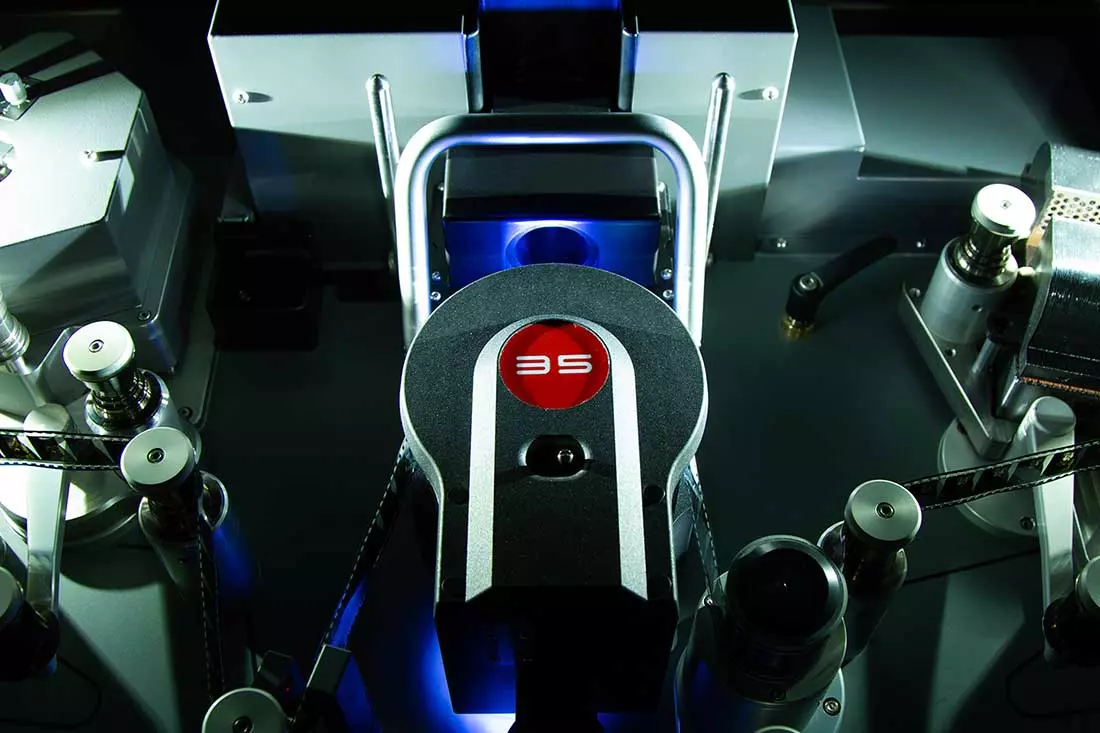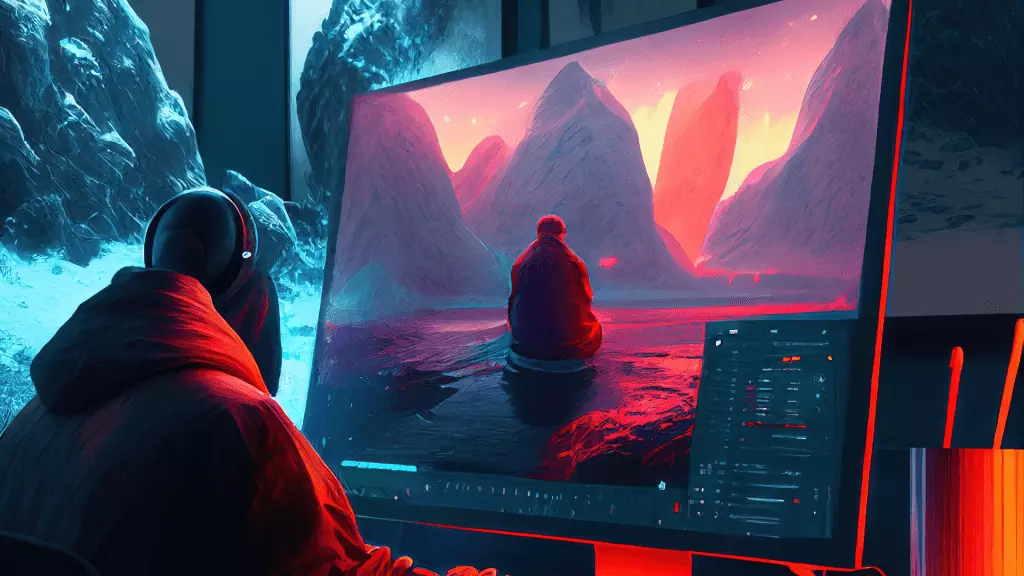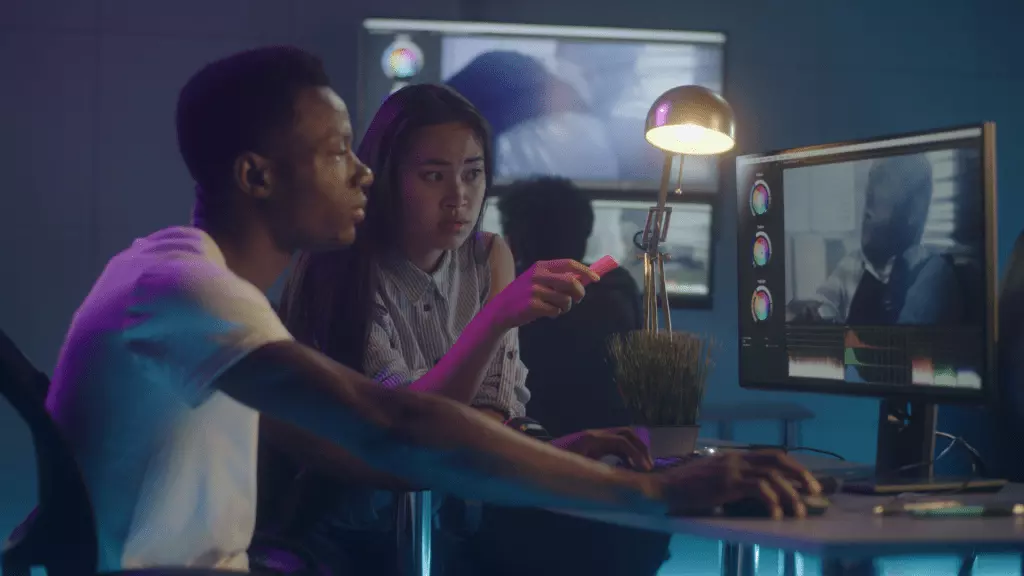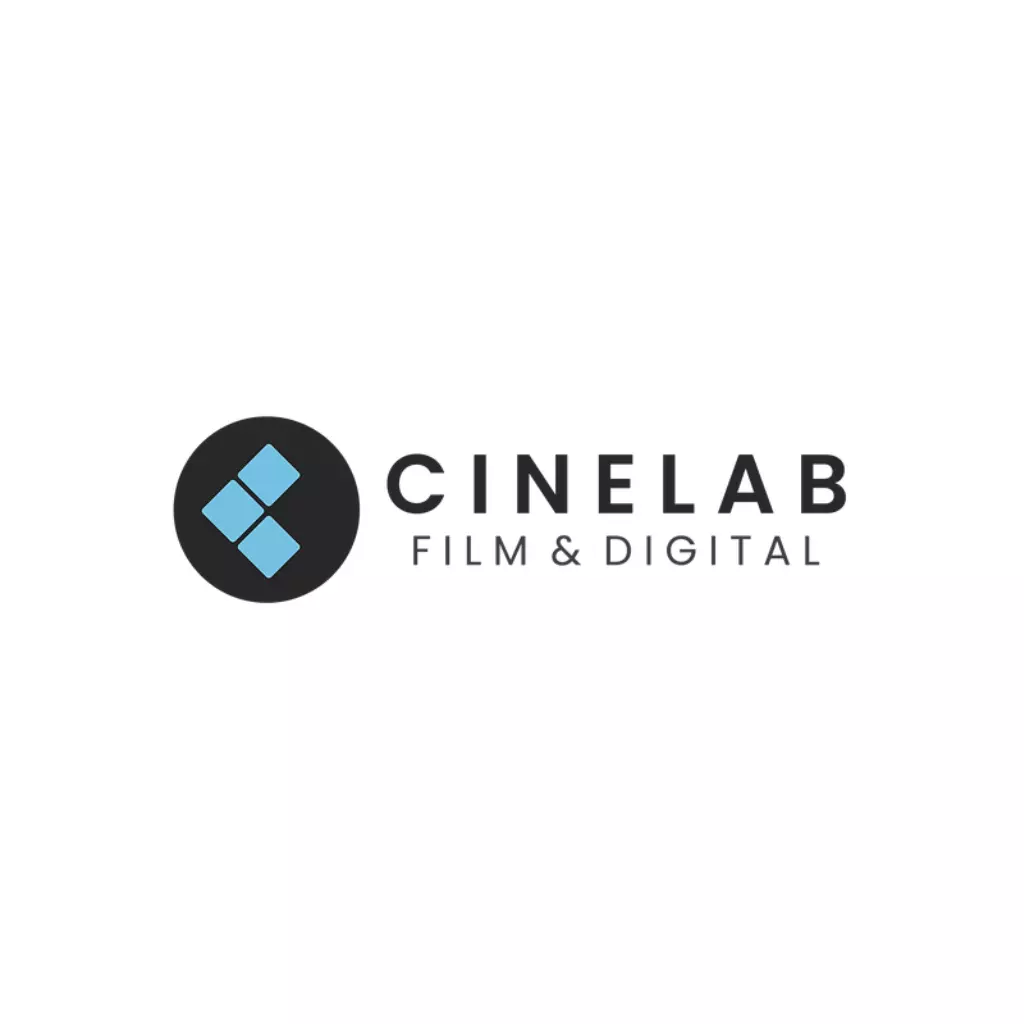Cinelab Film & Digital

Agency Publicis. Director Miles Jay at Smuggler Films.
Cinelab Film & Digital Customer Success Story
Cinelab Film & Digital streamlines media management and storage to deliver rapid turnaround.
In 2020, 52% of the motion picture nominations for the Oscars were shot on celluloid film. Shooting with this medium has enjoyed a huge uptake in recent years.
Whilst there may be numerous practical reasons to shoot using digital instead of film, the unique capture of celluloid is why it’s still considered as the ‘go-to’ for many filmmakers like Christopher Nolan, Quentin Tarantino and Steven Spielberg. Many new Directors and Cinematographers are discovering a passion for film, due to the way film captures light exposure, colour and shading in comparison to digital.
During the production process for films and shows shot with film, the daily ‘rushes’, exposed rolls of film footage from the day’s shoot, need to be sent to a film laboratory for processing, scanning and digitising overnight for next day viewing and editing. That’s where Cinelab comes in.
As the world’s leading film laboratory, major motion pictures like James Bond “No Time To Die” and ‘Wonder Woman 1984’, award winning episodic (Succession Seasons 1 and 2), commercials (John Lewis, Nike, Burberry) and music videos (Beyonce, Coldplay, Dua Lipa), have depended on Cinelab Film & Digital to process and scan many, many thousands of rolls of film into digital files for easy distribution to editors and post-production teams to work, with a quick turnaround. In digitising film footage, Cinelab is able to carefully retain the film’s inherent qualities in the scanned version and, in doing so, they generate between 20-30 terabytes of new digital content on an average day.
Generating Large Amounts of Data
In converting film to digital data, Cinelab Film & Digital uses the Arri HDR, Scanity HDR and Spirit 4K film scanners that write data at 1GB+ a second and transcodes this data to the formats required by the end user. For example, they create lower resolution files for editing, or can create high resolution uncompressed 2K and 4K files of scenes where a client may wish to review in detail. The rate of scanning and writing data scales to huge levels when delivering for a big studio production that can have up to 200-300 people on set shooting material over the course of a day.
“There is a lot of complexity in dealing with hundreds of thousands of individual files when scanning film. It’s not large single image sequences, there are folders with anything up to 40,000 .dpx files. A classic issue with directory listings of these files is speed - you need to be able to find a directory quickly, see what’s in it and manipulate it. pixitmedia’s central storage is able to store, organise and handle that write-heavy workflow.”
Adrian Bull, CEO of Cinelab Film & Digital
This managed service of scanning and writing data relies on the pixstor solution to efficiently and securely manage Cinelab’s millions of assets and complex workflows between internal and external production teams. Serving the rapid and diverse requirements of a film production and transcoding high resolution assets to editorial files, pixstor delivers a high performance, high bandwidth storage solution with an agile and reliable infrastructure.
Ambition to Deliver Data at Scale
Turnaround of rushes is absolutely critical for Cinelab and production crews. Production crews need to review footage quickly to decide whether it is necessary to reshoot scenes that may require particular locations, sets or acting talent.
With an ambition to streamline current workflows and pivot the company’s data strategy, Cinelab Film & Digital needed a unified data infrastructure and fresh approach to its data strategy which could enable the business to confidently scale.
Having built the company around a proprietary technology that creates the high resolution files from captured film; Cinelab Film & Digital was using a restrictive pre-installed workflow for scanning film, transcoding and delivering. Whilst this had helped Cinelab get quickly established in the market, it lacked flexibility and problems arose when demand for Cinelab’s services grew which necessitated the acquisition of more scanners, and more transcoding capability.

Existing storage became unruly, and Cinelab quickly faced increasingly slow file transfers to get to the exact data they needed. Cinelab Film & Digital also recognized an opportunity to become early market leaders in offering film capture to production companies at 4K definition, which at the time, were requesting film capture in 2K.
To deliver this vision, Cinelab Film & Digital turned to pixitmedia to help transform their data workflows – harnessing the power, flexibility and scalability of pixstor high-performance software-defined storage and the pixitmedia team’s unrivalled workflow knowledge.
Handling the challenges of the growth in volume of work, rapid delivery and the day-to-day data storage system management, pixstor enables Cinelab to avoid the need for an internal support team, and focus on the job at hand. pixitmedia’s team of data workflow specialists stripped the complexity of storage system management for Cinelab by quickly gaining an understanding of existing technical resources and providing hands on technical support. With around the clock support on standby from pixitmedia’s European and US based technical teams, Cinelab Film & Digital receives regular and preemptive updates on the storage system backend so that potential issues or storage limits can be identified and handled early on.
“What is really important to us is the timeliness of that turnaround between us processing the film, scanning it, transcoding it, and then getting the digital assets to the production teams. Whether it is a file-based delivery or tape delivery, the timings of the turnarounds are critical. From our client’s perspective, they need to know they have got every shot they need or if they need to re-shoot. That speed in delivery is everything.”
Adrian Bull, CEO of Cinelab Film & Digital
Beyond Expectations
In building the central storage that could support 5 film scanners, pixitmedia aligned with Cinelab’s technical partners, DFT’s Scannity Solution and ARRI Arriscan scanners, to ensure a seamless workflow. Configuring both sets of scanners to write data to a central location at maximum throughput was the first stage of removing islands of locally attached storage and inefficient manual file copying. Subsequently, DFT have gone on to recommend pixitmedia as their storage provider of choice for their Scannity scanning solutions.
“pixitmedia is at the heart of our facility. All of our digital workflows are now connected and we’ve come a long way from the number of disparate legacy tools that we had. The pixitmedia team is very good at understanding how different filing systems work and really understand media files. They have done a great job of getting all of our systems up to the standard and to integrate properly.”
Adrian Bull, CEO of Cinelab Film & Digital

pixitmedia ran extensive tests in their lab facility on the scanner’s operating system, image resolution, frame transfer rate and colour grading to prepare this solution. Integrating all of Cinelab’s hardware was no easy feat; the legacy scanners, such as the Spirit 4K Scanner, presented particular challenges since it was no longer supported or developed by the manufacturer.
“We worked closely with Cinelab to ensure their legacy solutions were up and running with the new pixstor ecosystem; they now have a complete storage solution that delivers guaranteed performance and efficiency for the heavy workflows they require. By integrating Cinelab’s different scanning technologies to a central infrastructure, they have complete visibility of their data and workflows with a solution that is entirely scalable as they continue to grow.”
Jamie Bean, Solution Architect at pixitmedia
The result is a system that is now entirely scalable, Cinelab’s additional software grading and video editing tools; BlackMagic Design, Resolve, Avid Media Composer and Adobe Media Encoder are now able to all write data to a single central location. With pixstor, Cinelab Film & Digital can confidently focus on their craft – facilitating productions by rapidly digitising and delivering hundreds and thousands of hours of film for the biggest names in the entertainment industry.










